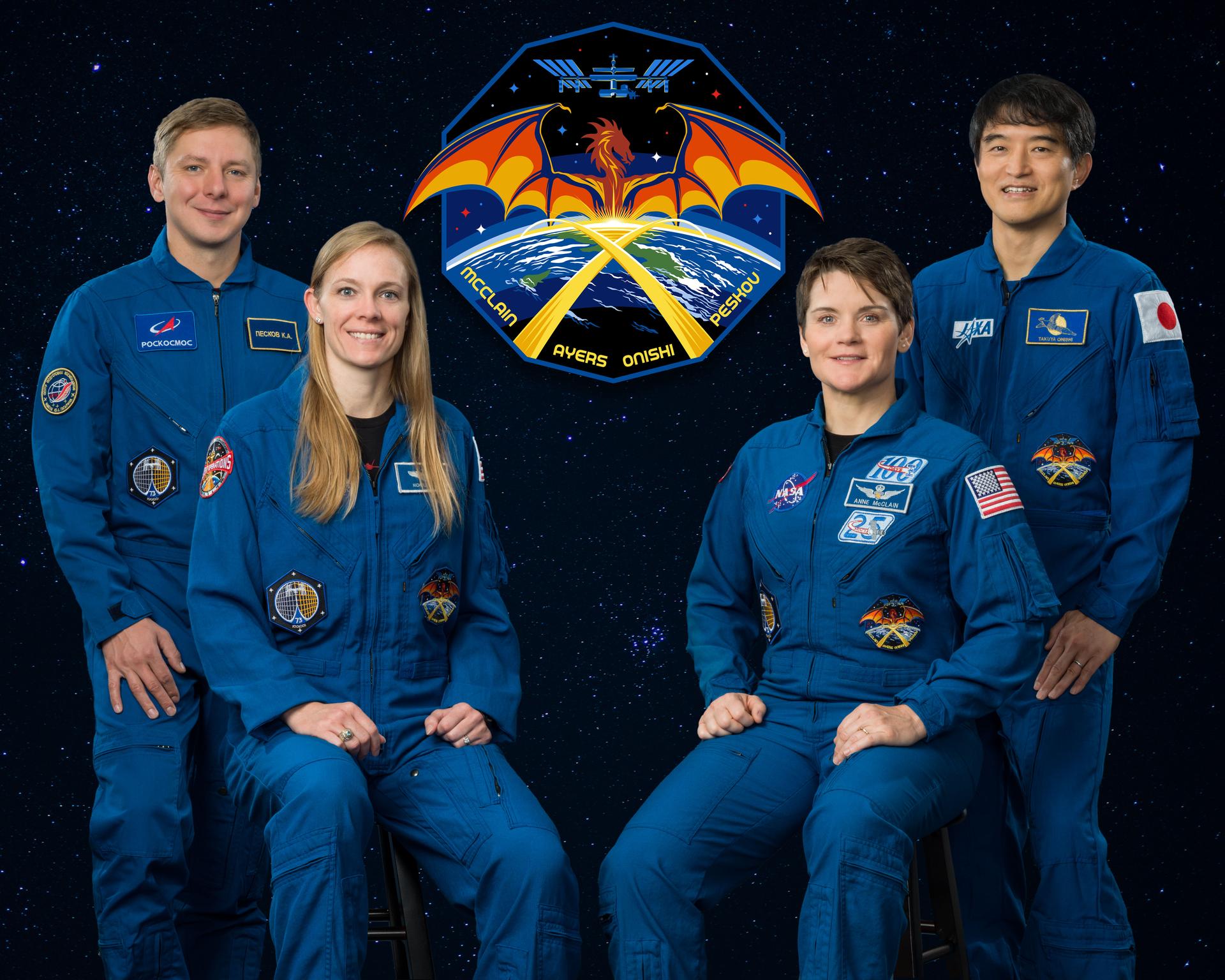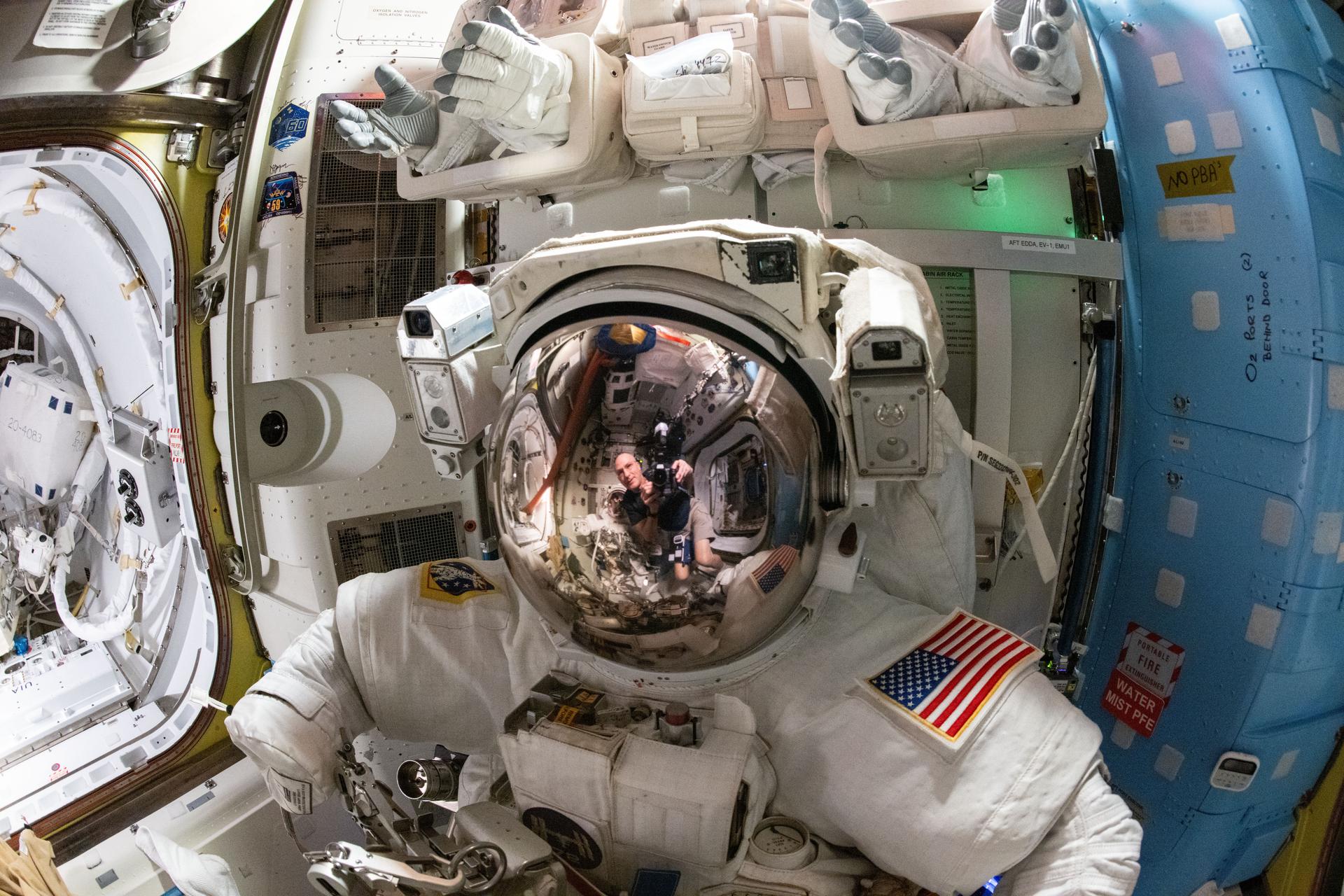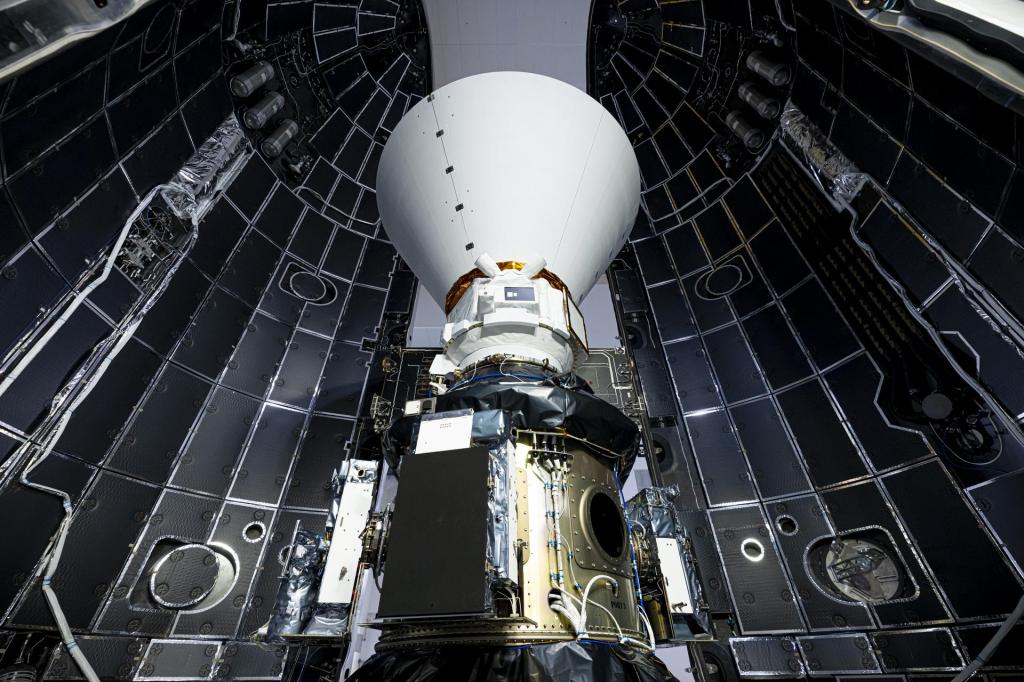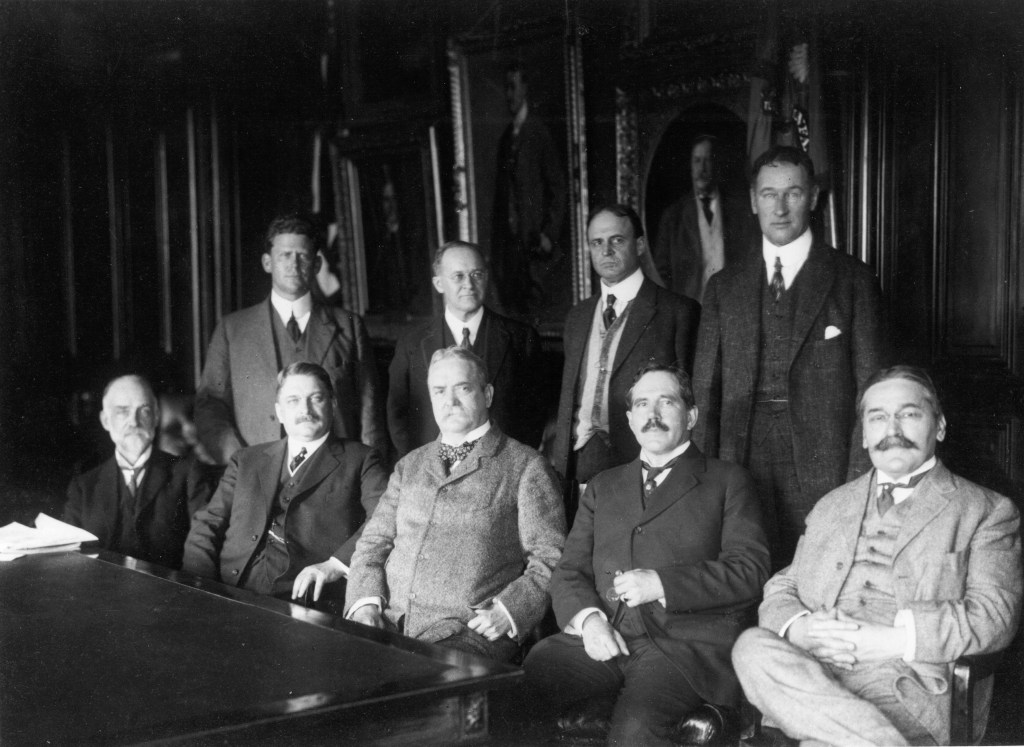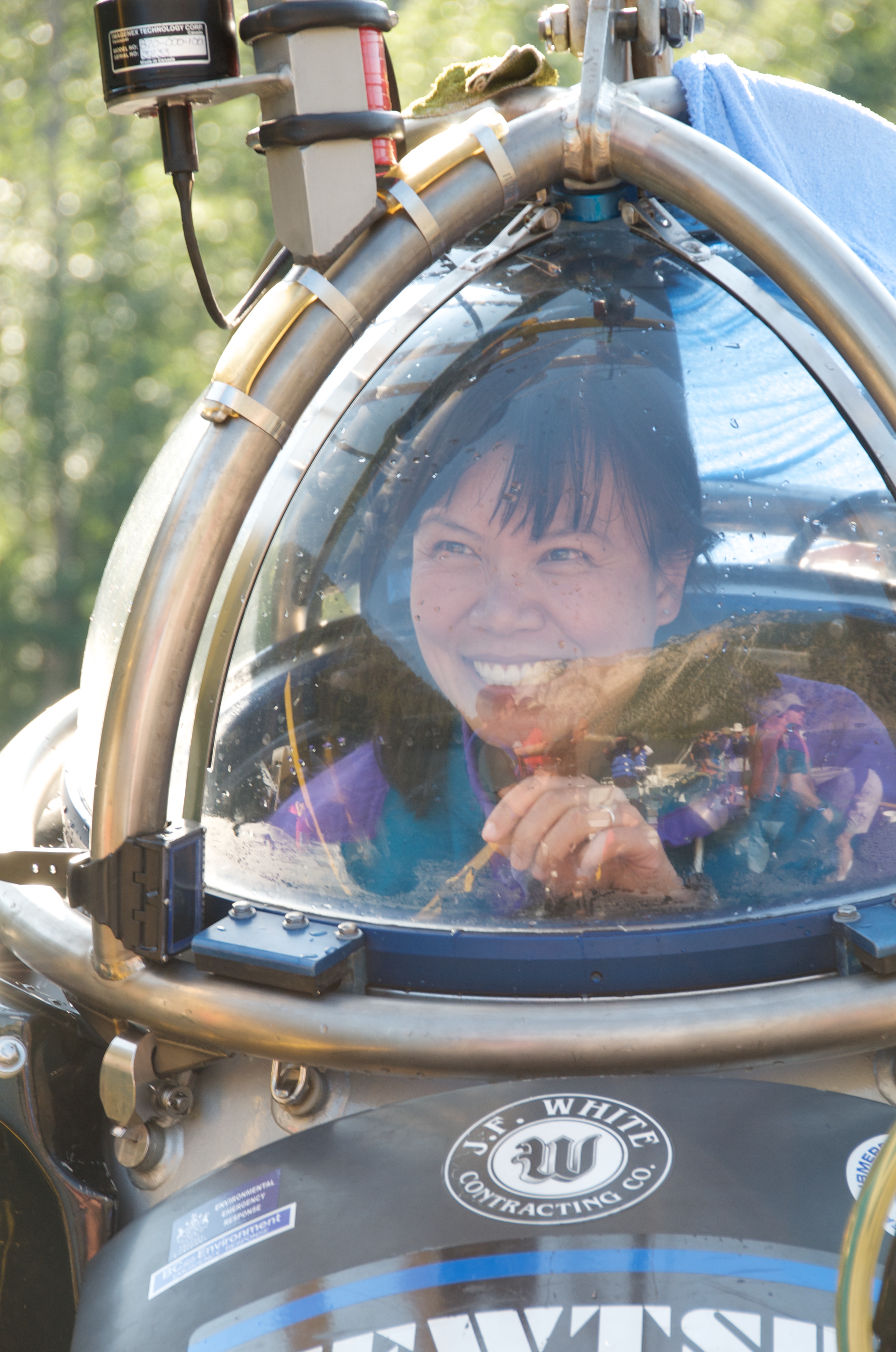
A conversation with Darlene Lim, Principal Investigator on NASA’s Biologic Analog Science Associated with Lave Terrains (BASALT) project. For more information, you can follow @BASALT_Research.
Transcript
Matthew C. Buffington (Host): Welcome to NASA in Silicon Valley episode 17. If you are listening to the podcast the day it releases, there is a group of NASA researchers on the lava terrains of Hawaii at this very moment conducting field work under simulated Mars mission constraints to practice what it would really be like doing science on the red planet. Today’s guest is Darlene Lim, the Principal Investigator for the Biologic Analog Science Associated with Lava Terrains project, cleverly named BASALT. We chatted with Darlene before she left to Hawaii to give us a preview of the demonstration and talk about their earlier demonstration in Idaho. We’ll have a feature up on NASA.gov/Ames shortly about the project, in addition to a podcast audio version. Without any delay, here is Darlene Lim.
[Music]
Host: Darlene, welcome.
Darlene Lim:Thank you.
Host:Tell us a little bit about yourself, like what brought you to NASA, what brought you to Silicon Valley. How’d you get here?
Darlene Lim:Yeah, sure. So, I’m originally from Canada, and I grew up in a place that was very cold and as soon as I could, I headed south and just kept kind of going. And so, but as part of my journey, I realized that I’m actually a scientist, that’s my background. I’m a limnologist, which is kind of funny because my last name is Lim, and so people think I study my family, but I don’t.
Host:What is a limnologist?
Darlene Lim:A limnologist is somebody who studies fresh water systems. And so, I spent a lot of time in the Arctic doing that work when I was in graduate school, and then through that process studying life in these extreme environments met up with different NASA researchers. And one of them happened to be Chris McKay.
Host:Who’s here at Ames.
Darlene Lim:Who’s here at Ames, and then toward the end of my graduate school he said, you should think about coming to Ames, because we have a lot of interests that are in coordination with each other, and he also knew I had this very quiet but enthusiastic interest in human space exploration. So, there’s really…
Host:Really? And how does the interest in human space exploration fall into fresh water systems?
Darlene Lim:I know, it seems weird, but it is connected. And so to even back up further, when I was younger, my parents were immigrants to Canada, and they had to work all the time, so I had to let myself in, and then I wasn’t supposed to watch TV, but I totally did.
Host: Of course.
Darlene Lim:Of course, right?
Host:Sesame Street.
Darlene Lim:Yeah, or other things. But, one of the wonderful programs that was on TV when I was growing up were the Jacques Cousteau specials. And just watching those, it really imbued me with this interest in exploring, and not being removed from that process, but being involved in that process. And so I didn’t realize it was going to stay with me my whole life, but it really did.
Host:It kind of sparked the interest in STEM and science in general, I think.
Darlene Lim:It did. And when I was younger, I know that at one point I had this interest in being the airline stewardess, because I thought they flew the airplanes. But it turns out they don’t, of course. That was a sad day, when I figured that one out. But what I knew is that I wanted to explore, and that came from the Jacques Cousteau specials. It was just a thing I wanted to do.
Host:It just kind of permeated in your brain.
Darlene Lim:Exactly. And we camped a lot. I grew up in Alberta, just a lot of outdoor things. And so, when this opportunity came up to come to NASA, and specifically NASA Ames, it was like yeah, of course, that sounds good. So, I applied to be a post-doc through the NASA post-doctoral program, and that worked out, which is awesome. And then since then, I transitioned to become a Bay Area Environmental Research Institute Scientist who sits at NASA Ames. So, I work here but I’m through BAER. It’s fantastic, because from my perspective, there really is no better place to be if you are interested in science and exploration — that’s NASA. And so, it was a very natural transition. And I can connect all the dots when I look back through time now as to why I ended up here.
Host:When you first came over, did it specialize with the limnology, was it focusing on fresh water studies, or how did that fit in?
Darlene Lim:It did. You’re right. When I came over here, I had been working on these extreme environment fresh water systems in the Arctic, and also did a little work in the Antarctic. And so when I came here, Chris said to me, there’s this very fantastic lake in Canada which has microbialites growing in them. Microbialites are rocks that are built by microbes. And these are unusual because they are prolific in the rock record, about 2.5 billion years ago up to about 500 million years ago. And then, there are modern examples of these rocks in more extreme environments, but this lake in Canada, Pavilion Lake, was fascinating in an extreme sense because it wasn’t that extreme, and yet it had a lot of these microbialites. So, it was weird from that standpoint. So, there was a lake, and there was a connection to understanding life in extreme environments. So I went there, and the first project was to just do a very science-focused characterization of this interesting limnologic environment. But then what we realized is there were so many different inherent complexities with understanding this very vast system — the lake’s like six kilometers, it goes down over 200 feet. And part of the whole endeavor of exploring this lake would require divers. And then, we eventually realized, it might also require some ROV work, remote-operated vehicles. So, suddenly it’s joint human-robotic missions.
Host:Yeah, you’re sending probes down to the floor.
Darlene Lim:Exactly. So suddenly you’re like, that’s very flight-like. And then, eventually we realized that one wonderful way to be able to map the lake would be to put these single-person submersibles in the lake. So imagine, a submersible is basically a submarine that you have to launch and recover. And there are these cool ones that were about six feet by six feet, two meters-plus and two meters. So very small, very compact, and you put a person inside. And they’re very easy to learn how to operate. It takes a while to get good at it, but pretty much like a car, you can get in and drive it. So suddenly, there was an opportunity and funding in place to put — it was an initial crew of six of us that got trained on operating these submersibles. And we then started to map the lake. And we were in there, in the moment. It was incredible.
Host:Is there also instrumentation on this thing? Not just cameras, but I’m guessing some sort of radar or something to help you map it out?
Darlene Lim:Right. So, there’s a sonar system onboard, but that’s more for navigation. And so, what we ended up doing is a few different things. We mapped the lake using autonomous underwater vehicles, which essentially gave us topographical or bathometric information on the lake bottom itself.
Host:Okay, does that go out first as like a scout?
Darlene Lim:Yeah, exactly.
Host:Send it out first, and then follow-up.
Darlene Lim:So, you know where I’m going. It’s very flight-like, it’s very much in line with some, for example, the vision of the journey to Mars, and how you go out with robotic missions first to scout and establish.
Host:Well, and in extreme conditions, that parallel of finding earth in the craziest of places — or, finding life in the craziest of places and earth, where we’d probably think no way could even microbial life exist. We just keep finding it.
Darlene Lim:You keep finding it, it’s very interesting, and then the great thing about Pavilion as an example, working underwater, it’s a direct analogy to working in space — not even deep space, just space in general, because you need life support when you’re working there as a human, and you can’t stay there forever. So as a consequence of having to, driving forward with some science goals, and then having to bring in some robotic and other bigger-scale assets to support that, we realized this is a great human exploration analogue for our transition into deep space, whether that’s working on the moon and then eventually into on asteroids, and the journey toward Mars. So, we had astronauts suddenly join our crew — you know, I say suddenly. When I look back, it looks like that.
Host:I’m sure in the moment it was just a logical flow of, let’s bring these people in.
Darlene Lim:Yeah, it was all very deliberate, and working toward this objective of integrating science, real science with real exploration objectives. And so Pavilion, this Pavilion Lake Research Project spawned from that, and it was this incredible opportunity to bring together what are historically separated analogue worlds. An analogue in the way I describe it is a physical or operational approximation of some destination in space. And so when I say physical, it’s maybe like we work in the Antarctic or we work in Pavilion Lake or around in deserts because that gives us a wonderful approximation of say conditions on past Mars or early Mars. And then working underwater, that’s an operational and physical in many ways approximation of working in space.
So, in this particular project, we brought those two worlds together, and we didn’t serve them separately, but rather together. As a consequence, we could really drive out in terms of all these operational concepts or engineering paradigms that have been developed for deep space operations, what actually is useful to a scientist, and what is actually useful to a scientist on Mars, for example? And those are questions which are completely outstanding.
Host:Yeah, and you don’t really know until you’re there, but as much as you can practice or try to imagine it, then I’m sure in the process of doing these demonstrations, things pop up.
Darlene Lim:Things pop up, and it’s fascinating because right now human spaceflight is done in a way which is very much like you and I having this conversation. There’s no delay. So, International Space Station or even on the moon, the delay was basically imperceptible. So, it’s command and control. Everybody knows what astronaut ABC is doing at any moment in time. And if there’s a change in the plans or if there’s a question, that can be worked in real-time.
Host:There’s no delay.
Darlene Lim:There’s no delay. But when we move further and further out, there’s a delay which you cannot escape from.
Host:Even for sunlight to get to earth takes eight minutes. And so you imagine you start getting further, especially past the moon toward Mars, there’s a delay you’re going to have to deal with.
Darlene Lim:You’re going to have to deal with it. You can’t get over it. Even if we change the way we transmit data, moving from radio waves to optical transmissions, it speeds up the data rate, but it doesn’t get you around this issue of distance. And so as a consequence of that, we started to do these simulations.
Host:I was going to say, you’d have to implement that in the demonstrations you’re doing now.
Darlene Lim:Exactly. And so, those demos have been done before, but in many ways in once again these contained analogues where it’s focused on the operations or the engineering aspects of the mission, but not necessarily when there is this other driver, which is you can’t fail. You have to bring back data, you have to make discoveries that are pertinent to a graduate student or senior researcher who’s going to make their career on publishing to those rocks that are brought back by two to four people. And so, those people say on Mars that have questions, should I sample this rock or this rock, what is the minerology that I’m seeing, does that mean this has been altered or not?
Host:What’s the logic you’re walking through?
Darlene Lim:What’s the logic? And they will be well trained, but they won’t be the world’s expert on methanogenesis in such and such environment, so they’ll want to call a friend. But that friend will be say five to 20 minutes away one-way delay, and then that friend has to think about the answer, and that may take another 20 minutes. Then they’ve got to send it back. And by that time, they have sucked down all their life support. So, how do you manage through that? And so, that’s what we started to work through at Pavilion, and now we’ve evolved into — that project just ended this year, and we started a new project last year.
Host:Yeah, I know you’re working on a project called BASALT. That’s a fancy NASA acronym. What exactly does BASALT stand for?
Darlene Lim:BASALT stands for Biologic Analogue Science Associated with Lava Terrains. I always have to look it up too. It’s hilarious, because we all call it BASALT now.
Host:BASALT works.
Darlene Lim:Yeah, BASALT is, it’s the next evolution of what we started at the Pavilion Lake Research Project. And it’s a joy. And so, we’re able to, through the support of the PSTAR Project, which is a NASA SMD program led by Mary Vortek.
Host:SMD is the?
Darlene Lim:Science Mission Directory. And Sarah Noble and Mary Vortek head that up. And so, we were able to properly support a really amazing exploration and operations research community that are participating in BASALT, as well as a science community.
Host:And for somebody who’s completely out of the loop on it, what exactly is it? It is a demonstration of what it could be like on Mars, and it’s here in the US? Or, where do those demonstrations take place?
Darlene Lim:Let’s totally back up to the beginning. So, BASALT is an analogue research project, and the premise of it is that we do real science, non-simulated science out in the field, but under simulated Mars mission conditions. So our field sites, one is in Idaho at Craters of the Moon National Monument and Preserve, and the other one is in the Hawaii Volcanoes National Park on the big island around Kilauea. And so, the two sites represent to us very interesting volcanic environments which have a strong analogy or comparison to Mars. Mars has undergone a lot of volcanic activity. There is basalt throughout the surface of Mars, which basalt is a type of volcanic rock.
But what we’re curious about in these two settings, these two volcanic settings, is Idaho represents a sort of present-day Mars. It’s not a perfect analogue, there’s never a perfect analogue on earth.
Host:Of course. You can breathe the air.
Darlene Lim:You can breathe the air, exactly, there’s oxygen. But the thing about Idaho is it’s dormant, and we know that it’s a shield volcano. It’s a volcano which is in a very interesting environment, and it’s in the United States, so it’s quite easy for us to access. And then, there’s another volcanic setting we work to, which is in Hawaii, which is active. And so, that’s more representative of conditions on early Mars, where you have these what are called fumerals, these very hot vent-like environments where there are some interesting minerals getting deposited around these vents.
The geology of these two areas has been fairly well characterized, particularly around Hawaii, but what has not necessarily been done, where the knowledge gap was, was trying to relate the geology of these two volcanic settings to the type of microbial life that is associated with these two settings. And so, we wanted to do that as a foundational piece to understanding, are there differences between these two sites, one more active than the other, one that has potentially undergone a longer period of what’s called water-rock interactions or alterations in the outer. And then, what is the net result? So, we had our first field program that took place in June, and we’re already seeing some amazing science results around the biology.
Host:And what does that look like? Is there a master control, and then you have a bunch of scientists walking through the field collecting samples, and they’re talking back and forth?
Darlene Lim:Yeah, no, that’s a great question. Normally, if we did this and it wasn’t under the simulated Mars mission conditions, we’d just take a crew of 15 people, a bunch of grad students, and we’d stay out there, eat our lunch, all day. The difference is that the Mars architectures that have been developed dictate that there are two to four people that are out doing at any point in time, doing a traverse, an EVA. And so, what we simulated is the case that you have two people out on the surface of Mars, and they are the ones that are in direct contact with two other buddies essentially that are on Mars, sitting in a control station, let’s say a pressurized HAB. And those four people are interacting, and they’re looking at the timeline, looking at how much life support they have. So, let’s say it’s four hours of life support.
And then, having to go out and conduct a traverse which is in line with science objectives that have been dictated by a broader science team. And that science team is on earth, and they are desperate for results. And that’s the reality actually that we deal with, because it’s real science. They’re desperate for solid results so they can make discoveries, so they can publish papers, so they test hypotheses. And those scientists sit 50 kilometers away from the action.
Host:Do you add the delay in all that?
Darlene Lim:We add the delay. So, the scientists — it’s crazy, because looking back eight months ago, we came up with I think 468 technical requirements that had to be implemented to make this whole mission work. And this was driven by the science, it was driven by the operational research requirements, all sorts of things. So, when the scientists sit in the back room, they are linked, they are connected to what’s going on “on Mars”, out in the craters of the moon, by voice. They can hear what’s going on, but it’s on delay. They can see what’s going on, because we have video connection, we have still images that are coming back, that are taken in very specific ways following very specific procedures so the scientists can see the rocks. They can make determinations of what they’re seeing.
We also have spectral data. So, we have these handheld instruments that give us a read on what type of minerals are associated with the rocks. And that data is flowing back, as well as telemetry, where are they?
Host:And you’re not even necessarily dealing with — obviously, you don’t have to deal with the life support situation. It’s almost like, do a walk-through assuming all of those life support things are taken care of, but how do you do that science? What is your workflow, what are your procedures? What are some of the things you guys learned from that first take, I guess?
Darlene Lim:Right. So, one very interesting outcome in terms of the operations is lots of science stuff, but in ops, what we realized is that we might have to script different types of EVAs. So, not just different — not just script the EVAs for different places, so essentially draw lines on a map and say this is EVA1, EVA2. But in fact, for science, we may actually have to have different typing. So, there may be an EVA that is specific to reconnaissance. And within that, the devil’s in the details, in that you may want to, depending on the type of instrument you’re going out with, and the type of data you’re going to send back to the science team, either want to spend on that recon EVA a lot of time in say a five-meter range, and in other circumstances, when you know you have really good and fast reproducibility of say mineralogical results, you may want to go further. You may want to actually make that recon EVA cover say a kilometer worth of ground.
And so, we would make that happen first, and then we would have, we would essentially enable time in the program for the scientists to think about what they saw and then down-select from there as to where they want the samples to be collected. So, it sounds like real common sense, and it is.
Host:It’s easy after the fact to call things common sense, but I’m sure until you actually get practice at doing this, you don’t know it until you do it. And there’s a real value of just learning as you go, and figuring out okay, maybe we’re not going to be all uptight of location, but the type of different stuff. So, you guys are heading off to Hawaii in the near future. What kind of prep work goes into that, and when is that all going to happen?
Darlene Lim:So, we actually put in November 1st, but we go live on November 7th, and we run for I think it’s 10 full mission days until November 18th.
Host: Wow.
Darlene Lim:Yeah. And so, the preparation is ongoing. We just had a massive debrief and a look-forward to Hawaii. So what in terms of our process as a process, we look at all the lessons we learned from the Idaho deployment, which was as I mentioned our first time out. And then we figure out how to apply those lessons to Hawaii. And so, the lessons we learned come in all sorts of buckets to do with the science — simple things like logistics and food to operations, and more of the research elements, as well as the technical. So, we’re applying all of those lessons and trying to figure out how to test for the readiness and so forth. So, there’s a ton of work that’s going into things at this point in time to get us ready to deploy to Hawaii.
Host:And then, is there more deployments after Hawaii, going into the next year, the project just keeps evolving and developing based on lessons learned?
Darlene Lim:Well, exactly. After Hawaii, we’ll have another debrief, and then actually, we’re going to have two other key meetings. One of them will be around, it’s a science summit, a virtual science summit, where we’ll all get together — or, I should say a research summit, and share the science and exploration.
Host:This is what we’ve learned.
Darlene Lim:Yeah, this is what we learned, here are the papers that are going to get put into the pipeline to get published, and the conference output. And then the other thing we’re doing is, we have to forward-plan for the next couple years. So, this is a four-year project, and after Hawaii we will either have one or two more deployments. And the destination will get dictated by the science. At least, that’s our ideal at this point in time. There are of course other bureaucratic things that have to come into play.
Host:Of course, there always is.
Darlene Lim:Always, but the real motivator will be the science as to where we go.
Host:Are there other NASA centers that are also involved, or other research institutions that are kind of, you guys are all working together, or people doing different demonstrations that stand on their own as a parallel?
Darlene Lim:As part of BASALT, it is, I look at it as a multidisciplinary endeavor, and also…
Host:A little bit of everything.
Darlene Lim:Yeah, but the other thing is, we’re very specific on, everybody has to come together and bring their expertise, but we have to look at problems as a collective, not in parallel with each other. Otherwise, it does a disservice to the philosophy of the project, which is to bring together science and exploration. So yes, we have I think about 26 different institutions that are represented within this project.
Host:Oh wow, that’s nice.
Darlene Lim:Yeah, and they range from, they’re also — there’s one in Canada, and there’s one in the UK, an institution that’s represented. And then we’ve got I think three or four different NASA centers that are part of this BASALT project, and then as I mentioned, academic institutions throughout the United States. And then, we partner with another project that I’m actually Deputy PI on, which is funded through the SSERVI Institute, which is called Finesse. And so, that’s a geology and sort of, a geology analogue to the moon, to asteroids and so forth, and we also operate with that project in Idaho as well. But we share a lot of our resources and people and interests and so forth. And there’s an exploration element to that project too.
So, it’s a really wonderful collaborative effort that we’ve tried to establish, and personally, I think these kinds of projects only work if people are…
Host:Working together?
Darlene Lim:Working together on solving a problem, not in parallel, and they’ve got to leave their egos at the door for it to work.
Host:Yeah, and it’s also, there’s some things that everybody can come up with on their own, but when you put it together, not only do you have your individual ideas, there’s ideas you come up with together that you probably would’ve never thought of on your own.
Darlene Lim:Those are the innovation points, exactly.
Host:So, if somebody’s really interested in BASALT or wants to learn more about some of the stuff you’re working on, best place to go, just go to NASA.gov?
Darlene Lim:Yeah, and we have an actual BASALT website, so there’s probably a couple way they can do it. They can Google — it’s a long URL — they can Google BASALT and then NASA, and it should be the first thing that pops up. And the other thing they can do is, we actually have a Twitter feed, so they can check out a lot of the images from the Idaho deployment there. Yeah, so there’s lots of different ways they can learn. And they can contact me directly as well.
Host:For anybody listening, if you have more questions for Darlene, you want to get more into the weeds on BASALT, especially after we get all these images and start seeing what these look like, we’re on Twitter @NASAAmes. We’re also using #NASASiliconValley. So, anybody can hit that link and send in questions, and we can go back, because we’re going to want to touch bases after Hawaii.
Darlene Lim:That’d be awesome.
Host:And as you lead into some of these other deployments, touch base and see how it’s going and see what you learned.
Darlene Lim:That’d be great.
Host:Thank you so much for coming over.
Darlene Lim:It was my pleasure. This was so much fun. Thank you.
[End]




